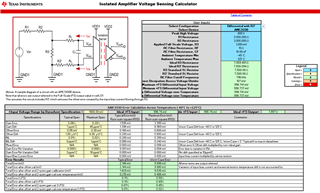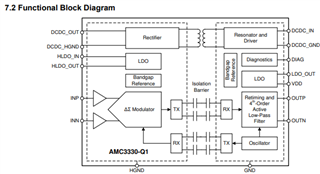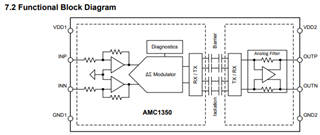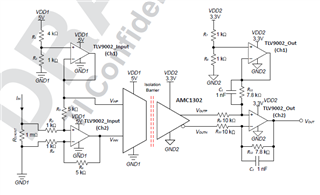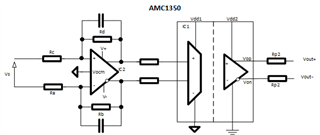Other Parts Discussed in Thread: ISO7740, ISO7820, , AMC1350, AMC1302-Q1, THS4561, AMC1302, AMC1311, ISO224
Dear Ray Vincent ,
On AMC familly and regarding the excel tools 'Isolated Amplifier Voltage Sensing Excel Calculator Rev B' Im questionning about the ibias compensation resistor r3' that should be equals to (r1+r2)//r3 in order to compensate the created offset. From my calculation and understanding of this problem I think that positive current should be closed to negative current in order to remove this offset error. But, when i read the datasheet, I understand that Inb could be 10nA while Inn is -10nA (and vice et versa) and this can compromise the ibias compensation offset. I'm right?
Another subject we discuss internally (on also on iso7740, iso7820...) is the lost of hvdc (high voltage) isolation.
I guess that the lost of isolation is very rare but right now I have no data to quantify that (FIT rate and FDM). Is there any failure distribution mode value on lose of isolation on these devices?
I found FIT rates of these devices on your web site.
Best regards,
Christophe Duchemin




